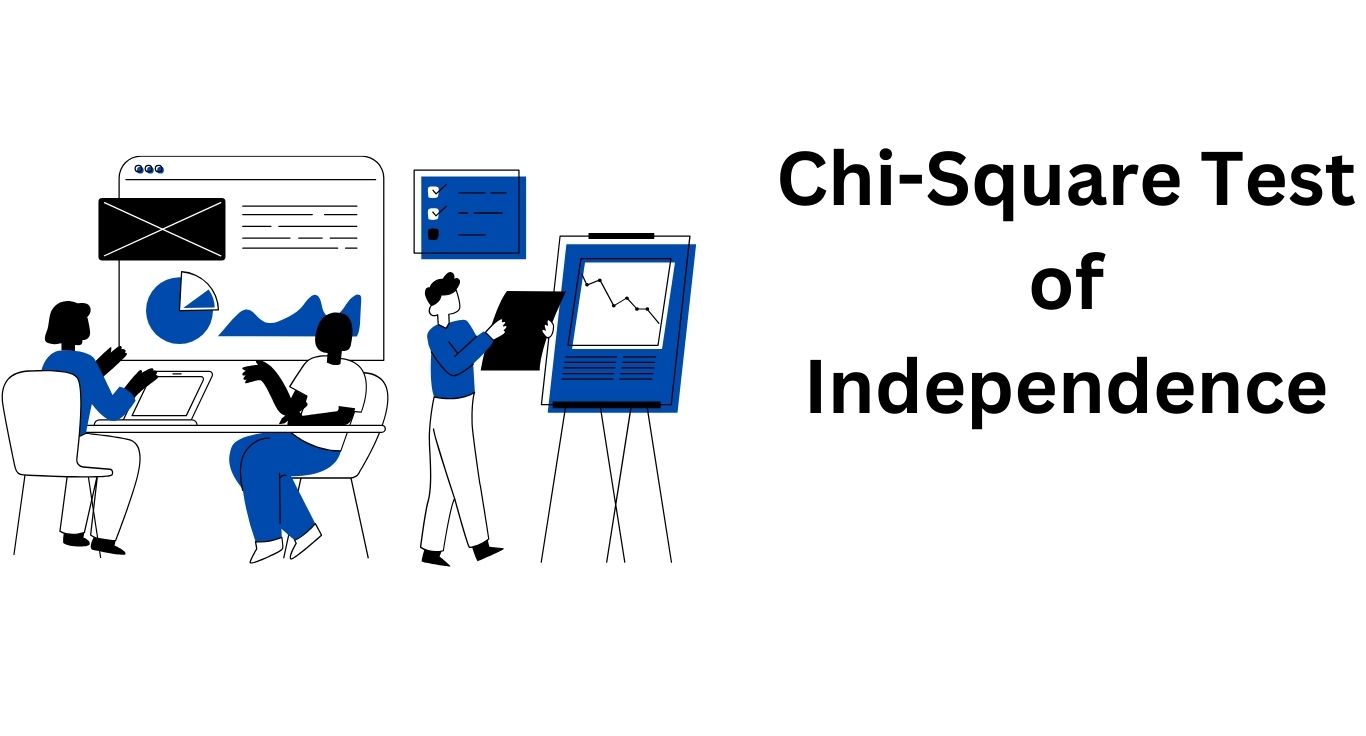The Chi-Square Test is a way to figure out if there’s a significant connection between two categories in a set of data. It checks if the categories are independent, making it a powerful tool for data analysis.
Definition
The Chi-Square Test of Independence is a crucial tool for statisticians. It helps determine if there’s a meaningful connection between two categories in a set of data. In simpler terms, it checks if changes in one category can affect another.
Key Notes About Chi-Square Test of Independence
- The Chi-Square Test looks at the relationship between two categories.
- It needs the data to be a random sample.
- It’s meant for categorical or nominal variables.
- Every observation in the test must be unique and cover all possibilities.
- It doesn’t prove causation, only a connection between categories.
Case Study: Chi-Square Test in Real-World Scenario
Imagine you’re a lead data analyst for a shoe company. You want to know if there’s a link between gender and shoe preference (like Sneakers or Loafers). You collect random data from customers and organize it into a table. Then, you use the Chi-Square Test.
You assume that gender and shoe preference are independent (null hypothesis), and you check if the data supports this. If the Chi-Square statistic is higher than the critical value, you reject the null hypothesis, indicating a significant connection. For the shoe company, this insight can shape targeted marketing campaigns.
The Mathematics Behind Chi-Square Test [Calculation of Chi-square Test of Independence by Hand]
The Chi-Square Test calculates the difference between observed and expected data, assuming the variables are independent. This difference called the Chi-Square statistic, is the sum of squared differences normalized by the expected frequencies.
Mathematically: χ² = Σ [ (Oᵢ – Eᵢ)² / Eᵢ ], where Σ is the sum over all categories.
Step-by-Step Guide on How to Compute Chi-Square Statistics by Hand
- State the Hypotheses: Null hypothesis (H0) says no connection; alternative hypothesis (H1) says there is a connection.
- Construct a Contingency Table: Organize your observations in a table with rows and columns for each category.
- Calculate the Expected Values: For each table cell, calculate what you’d expect if there’s no connection.
- Compute the Chi-Square Statistic: Use the formula to get the Chi-Square statistic.
- Compare Your Test Statistic: Check your result against a Chi-Square distribution to find the p-value. If it’s less than 0.05, reject H0.
- Interpret the Results: Always consider your research question, practical significance, and the broader theoretical context.
Are you looking for a tutorial on how to perform this test in SPSS? Check out our step-by-step article on how to run a chi-square test of independence in SPSS.
Assumptions, Limitations, and Misconceptions of the Chi-Square Test of Independence
The Chi-Square Test assumes random data, nominal variables, and unique observations. It struggles with small sample sizes and can be misused for continuous data. Also, a significant result doesn’t mean causation; it just shows a connection.
Conclusion and Further Reading
Mastering the Chi-Square Test is crucial for analysts. It has many applications, and for a deeper understanding, consider exploring statistical textbooks and online courses. Learn about assumptions, effect size, and how to interpret results in the context of your research question.
